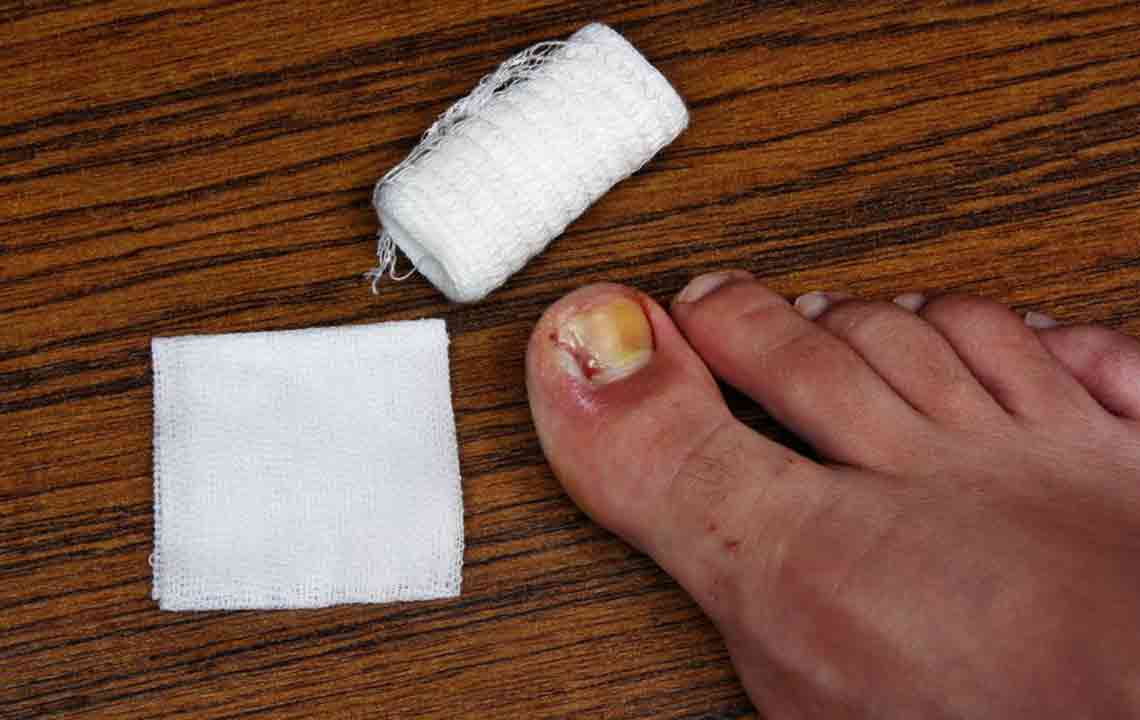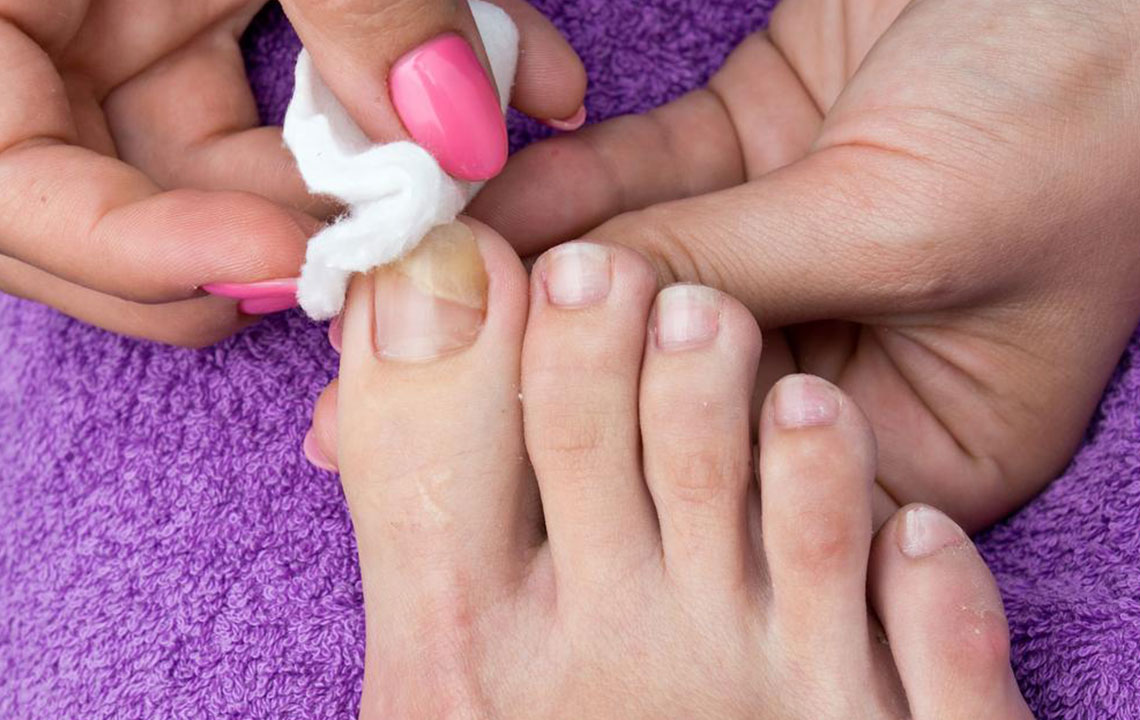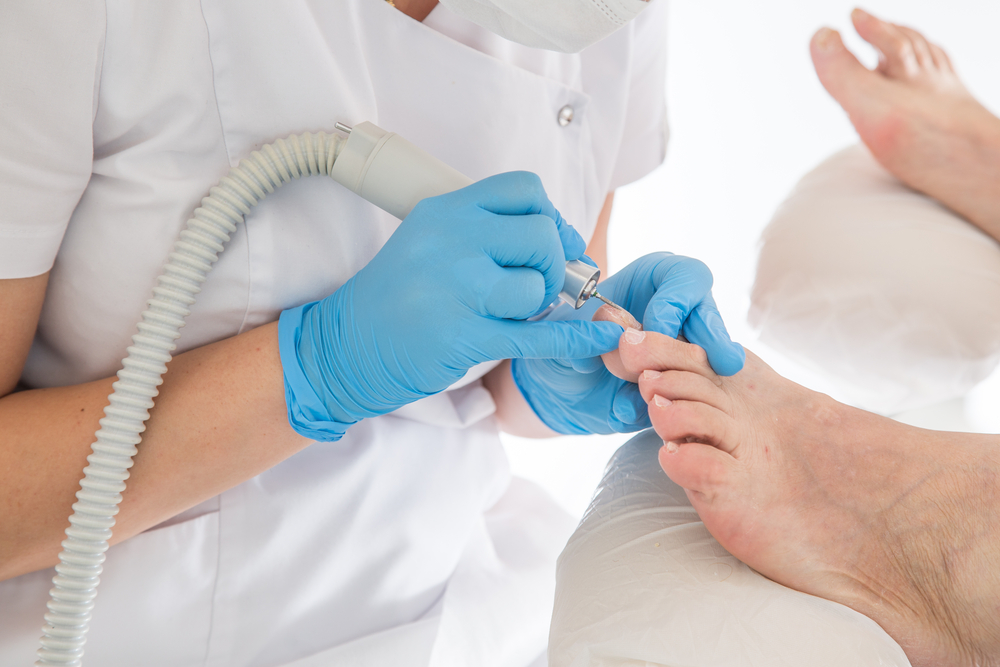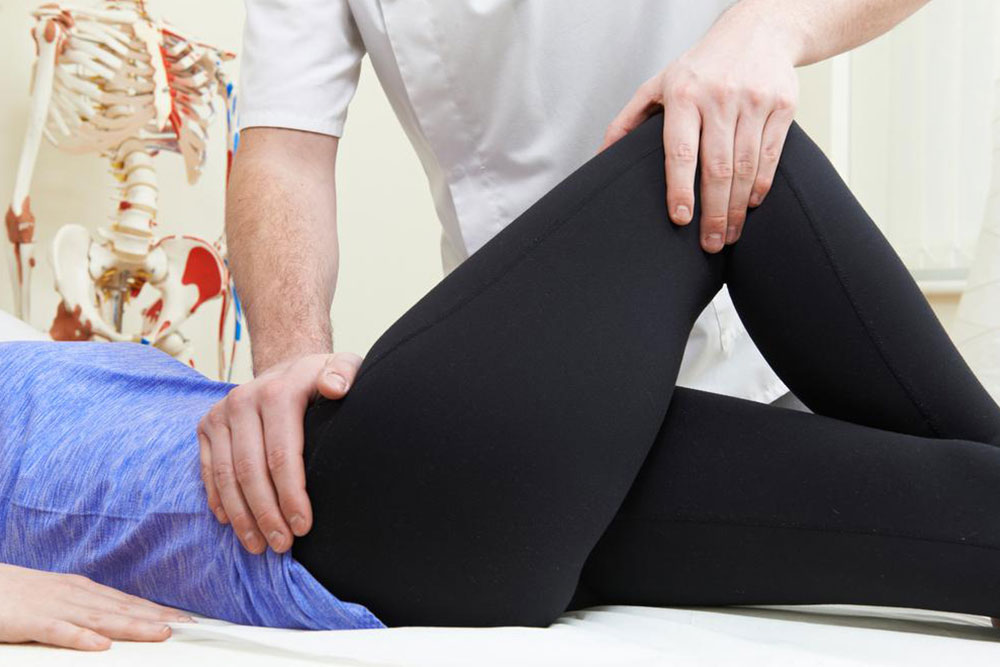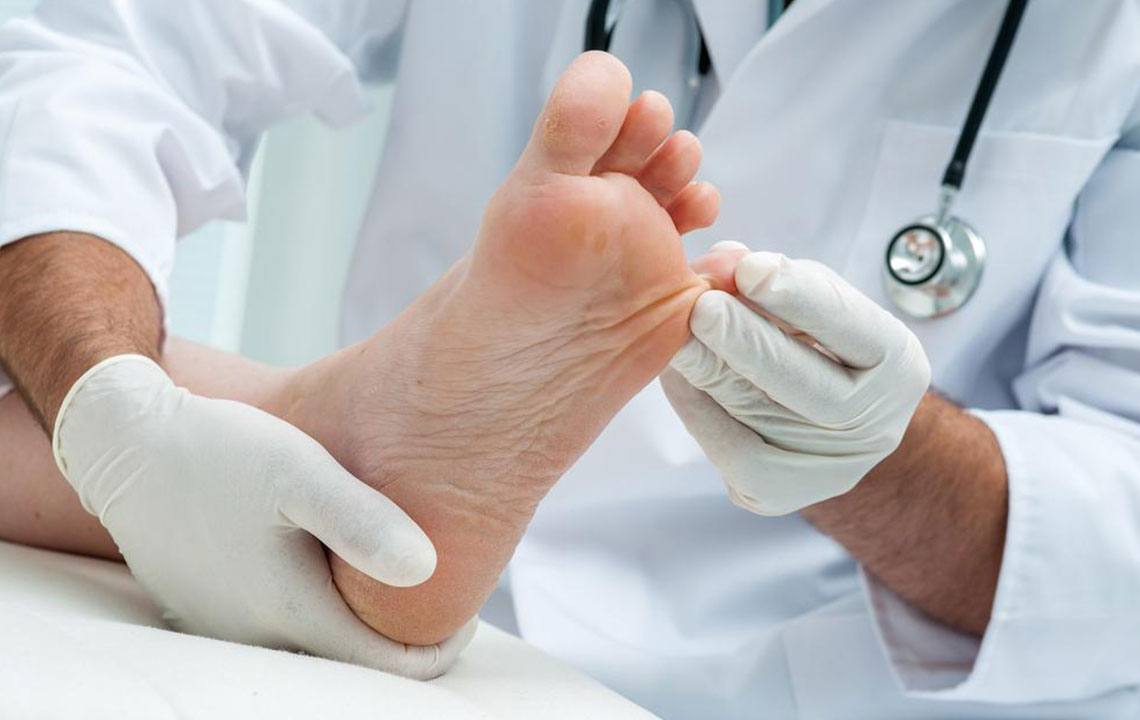Comprehensive Guide to Jock Itch: Recognizing Symptoms, Causes, and Effective Prevention and Treatment Strategies
Jock itch, or tinea cruris, is a common fungal infection affecting the groin area, characterized by itchy, ring-shaped rashes. This detailed guide explains its symptoms, causes, transmission, risk factors, diagnosis, prevention, and treatment options. Understanding how to manage and prevent jock itch can help individuals maintain healthier skin and avoid recurrence. Proper hygiene, wearing breathable clothing, and timely medical intervention are essential for effective control of this contagious skin condition, especially for those at higher risk. Learn all about this common issue and stay protected.
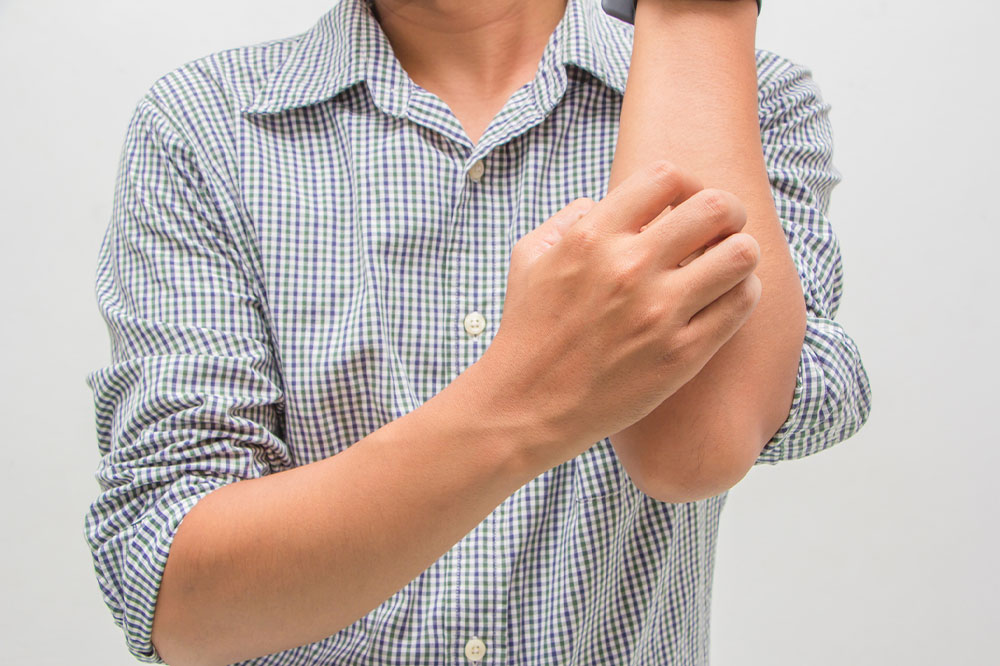
Comprehensive Guide to Jock Itch: Recognizing Symptoms, Causes, and Effective Prevention and Treatment Strategies
Jock itch, medically known as tinea cruris, is a common fungal infection that predominantly affects the warm, moist, and often uncared-for areas of the body, particularly the groin region. This skin condition manifests as a distinctive rash that can cause considerable discomfort and embarrassment if not addressed promptly. Understanding the nature of jock itch, including its symptoms, underlying causes, and methods to prevent and treat it, is vital for maintaining good hygiene and overall health.
In this comprehensive guide, we will explore every aspect of jock itch in detail—from how to identify its symptoms early to effective prevention tips and treatment options. This information is invaluable for anyone looking to understand this common, yet often misunderstood, skin condition and how to manage it effectively.
What Is Jock Itch?
Jock itch is a fungal skin infection that primarily targets the groin area, inner thighs, and buttocks. It is caused by dermatophyte fungi, which thrive in warm, moist environments. These fungi are the same that cause athlete’s foot and ringworm, making jock itch highly contagious. The infection develops when fungi invade the outer layer of the skin, leading to inflammation, irritation, and a characteristic rash.
While jock itch is most common among athletes and active individuals due to the sweaty environment they create, it can affect anyone regardless of age or gender. Men tend to be more prone to jock itch because of anatomical and hormonal factors, but it can also occur in women, especially those who experience frequent skin friction or carry excess weight.
Early diagnosis and proper management are crucial to prevent the spread of the infection and minimize discomfort. The following sections provide a detailed overview of symptoms, causes, risk factors, diagnosis, prevention, and treatment options for jock itch.
Recognizing the Symptoms of Jock Itch
The hallmark of jock itch is a red, itchy rash that typically appears in the groin folds, inner thighs, or around the genitals. The rash often develops within 4 to 14 days after contact with the fungus, sometimes even sooner if exposure is intense. It typically manifests as a circular or semi-circular area with a clear border. The edges of the rash may be raised and sometimes feature tiny blisters, scales, or peeling skin. These blisters may burst and ooze, leading to secondary bacterial infections if not properly managed.
One notable characteristic is the formation of a ring-shaped rash, often described as a ringworm-like appearance, which is why it’s sometimes confused with other skin infections. The affected area is usually intensely itchy, leading to scratching that can further irritate the skin and cause more inflammation. In some cases, the rash may darken or lighten in color, and persistent cases may lead to skin scarring or hyperpigmentation.
In addition to visual symptoms, individuals may experience a burning sensation, soreness, or tenderness in the affected area. The discomfort tends to worsen in humid conditions or during physical activities that cause sweating. If scratching breaks the skin, it can lead to bacterial superinfection, requiring antibiotic treatment alongside antifungal therapy.
Understanding the Causes of Jock Itch
The primary cause of jock itch is the dermatophyte fungi, mainly Trichophyton species, which tend to thrive in warm, moist environments. The fungi are highly contagious and can be transmitted through direct skin-to-skin contact or indirectly through contaminated items. This includes shared towels, clothing, and sports equipment. The infection often originates from athlete's foot (tinea pedis) that spreads from the feet to the groin area, especially when individuals wear tight, non-breathable clothing or footwear that traps sweat against the skin.
The fungi colonize the outermost layer of the skin, feeding on keratin — the protein that helps form skin, hair, and nails. When moisture and warmth are trapped in skin folds, such as the groin or underarms, fungi multiply rapidly, leading to infection. Factors that facilitate fungal growth and increase susceptibility include poor hygiene, obesity, diabetes, compromised immune systems, and excess sweating.
Furthermore, sexual activity can sometimes facilitate the transmission of the fungi, especially if there is skin contact between infected individuals. Wearing tight clothing like underwear, athletic gear, or non-breathable fabrics also plays a significant role by creating an ideal environment for fungal proliferation.
How Transmission Occurs
Jock itch is highly contagious, with transmission primarily occurring through direct contact with infected skin or contaminated objects. For instance, sharing towels, clothing, or sports gear with an infected person can easily spread the fungus. Sexual activity can also spread the infection if skin-to-skin contact occurs. Additionally, fungi can persist on surfaces like gym mats, locker room benches, or bathroom floors, where they can infect individuals who come into contact with these surfaces.
Wearing tight or non-breathable clothing contributes to the spread by trapping sweat and creating a warm, humid environment conducive to fungal growth. This is why athletes, dancers, or individuals engaged in physical activities are at heightened risk. Moreover, neglecting hygiene after sweating or exercising can exacerbate the problem, as fungi thrive in moist, unclean environments.
Identifying and Assessing Risk Factors
Men are statistically more vulnerable to developing jock itch than women, mainly due to differences in skin folds, clothing habits, and hormonal factors. Overweight individuals often experience increased skin friction and moisture retention in folds such as the groin and thighs, making them more susceptible. Teenagers, who are often more physically active and tend to sweat more, also face a higher risk.
Other risk factors include:
Wearing tight or restrictive clothing that traps moisture
Exercising regularly without proper hygiene measures
Having a weakened immune system due to illness or medications
Living with conditions like diabetes that impair immune response
Maintaining poor personal hygiene or infrequent bathing
Individuals with these risk factors should be particularly vigilant about maintaining cleanliness and practicing preventive measures.
Diagnosis: How Healthcare Providers Confirm Jock Itch
Diagnosis of jock itch typically involves a visual examination by a healthcare provider who will inspect the affected areas. In ambiguous cases, laboratory testing might be performed to confirm the fungal nature of the infection. These tests include skin scrapings examined under a microscope, fungal cultures, or special stains such as Periodic Acid-Schiff (PAS) stain. These help differentiate jock itch from other skin conditions like eczema, psoriasis, or bacterial infections.
Accurate diagnosis is essential for selecting the appropriate treatment plan, especially if the infection recurs or fails to respond to initial therapy.
Effective Prevention Strategies
Keep the groin area thoroughly dry after bathing or sweating by patting gently with a clean towel.
Change underwear daily, and more frequently if sweating heavily.
Wear loose, breathable clothing made from natural fibers to reduce moisture buildup.
Avoid sharing personal items such as towels, clothing, or sports gear to prevent spread.
Treat athlete’s foot promptly to prevent fungi from spreading to other parts of the body.
Practicing these habits can significantly reduce the risk of developing jock itch or reinfection after treatment.
Available Treatment Options
The cornerstone of jock itch management involves the use of topical antifungal medications, which include creams, ointments, powders, or sprays. These should be applied directly to the affected areas as directed, usually twice a day. Common topical agents include clotrimazole, miconazole, terbinafine, and sertaconazole, which are effective at killing the fungi and alleviating symptoms.
In more severe or persistent cases, oral antifungal medications such as griseofulvin or terbinafine may be prescribed by healthcare providers. These medications help eradicate the infection from within and are typically used when topical treatments fail or if the infection is widespread. However, they require careful monitoring for side effects, including liver toxicity and drug interactions.
Alongside pharmacological treatment, maintaining strict hygiene, keeping the affected area dry and exposed to air, and avoiding tight clothing contribute significantly to healing. Once symptoms resolve, continued preventive measures are crucial to prevent recurrence.

